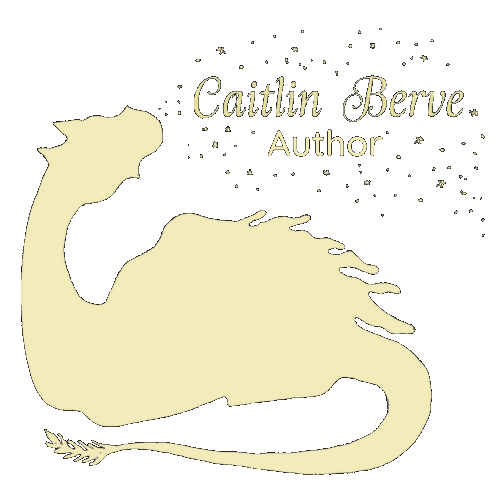Twisting Fairy Tales: Why Retellings Work
Is there a certain kind of story you love to read? Do you like romances where the good girl “fixes” the bad boy? Or thrillers where the gutsy detective saves everyone? What about fairy tale retellings?
Fairy tales, fables, and folktales are ripe for retellings because they were designed to be altered to fit a specific audience. The original tales are slightly generic and use archetypes to allow them to be malleable.
Fairy Tales Cater to Their Audience
In modern times, fairy tales can be mistakenly seen as only stories for children. That’s because so many hugely popular kids’ movies are based on fairy tales. Think of any Disney princess movie and many of the Barbie movies. The original tales were adapted to fit the entertainment needs of society’s children when they were released.
But fairy tales are not just for children. They are meant to be altered to fit any audience. Traditionally, oral story tellers would take stock of their audience and invent details to make the stories more relatable to the people they were speaking to. Storytellers might change out the setting, make the characters look more like the people in the audience, or even adjust the customs and values in the tale to fit who they were speaking to.
Authors, producers, and musicians still do this today. People take fairy tales and twist them to reflect our modern values, to show the story from a different characters’ point of view, and to fit the entertainment needs of people today. This is why I love looking at the evolution of fairy tales. It shows how society’s values have evolved over time and why I wanted to try my hand at reimagining fairy tales in a modern setting in When Magic Calls.
Archetypes Aid Fairy Tale Retellings
One reason fairy tales are so easy to retell is their use of archetypes. Instead of a fully fleshed out character who feels like a real person, fairy tales use a generic farm boy, princess, or witch. Think of Prince Charming in “Cinderella.” That could be any male of royal birth. He doesn’t really have his own personality. Instead Prince Charming is representative of most princes.
By using archetypes and not a fully developed characters, the storyteller can adapt the characters descriptions to fit their audience’s desires and expectations. They can also play with the characters’ voices. The prince might be snarky and crass in a room full of men and sweet and polite in a room full of women.
It’s also easier to spell out a lesson or message when the characters are clearly devices. Many fairy tales are designed to teach people to be kind (Cinderella), share forbidden information (Bluebeard), or learn from and remember the past (Hansel and Gretel).
There is Comfort in the Familiar
Readers love fairy tale retellings because there is comfort in the familiar and thrill in the unknown. This is why we love certain tropes or storylines. Often we want the same but different. We want to be able to reread that amazing book again for the first time because it was such an evocative emotional experience. Fairy tale retellings are one way we can do this.
For example, The Selkie Bride is the story of a seal-shape shifter caught and trapped in a marriage on land. I love the magic of the ocean and the seal pelt of this story, but I don’t like how the woman was trapped in a relationship she didn’t want. So in my version love isn’t forced and “Borrowed Skin, Borrowed Year” is about choosing a better life. It’s familiar yet different.
The next time you see a fairy tale retelling, remember how clever it was to design a story that is meant to be retold, to change and evolve with society, and to stand the test of time. What’s your favorite fairy tale or fairy tale retelling?










Caitlin Berve is the author of When Magic Calls: A Collection of Modern Fairy Tales and currently working on a fantasy novel involving an arranged marriage, damsels who save themselves, and non-human shape-shifters. Through her company Ignited Ink Writing and MFA, she edits other people’s novels, creates video tutorials, teaches, and writes. Caitlin seeks to fill the world with the kind of writing that lingers with readers, pet all the fluffy and scaly animals she can, and find magic in modern times.